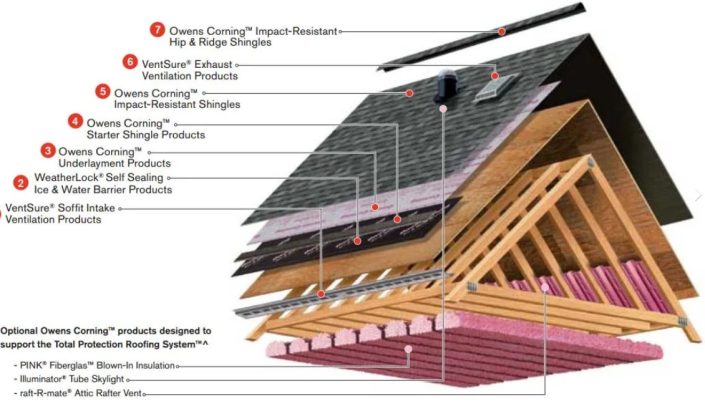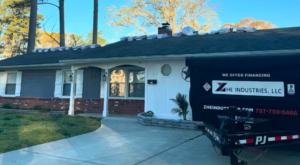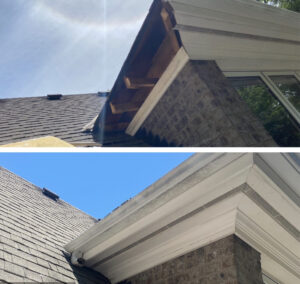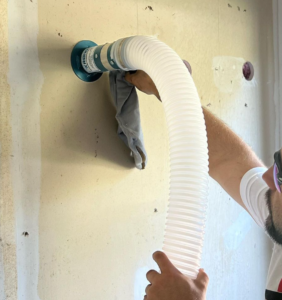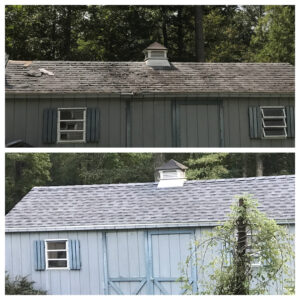When building or renovating a home, the roof is a crucial element that deserves special attention. Understanding the anatomy of a roof can help homeowners make informed decisions about roofing materials and insulation, ultimately leading to a more energy-efficient home. In this blog post, we’ll delve into the different layers of a roof and explore various roofing materials.
What Are the Layers of a Roof?
A typical roof comprises several layers, each serving a specific function to protect your home from the elements. Here’s a breakdown of these essential layers:
- Roof Decking: This is your roof's foundation. Usually made of plywood or oriented strand board (OSB), the decking supports the roofing materials above.
- Underlayment: Placed directly on top of the roof decking, the underlayment acts as a barrier against moisture. It's typically made from synthetic materials or felt and is crucial for preventing water infiltration.
- Flashing: Flashing consists of thin metal installed in roof valleys, around chimneys, and other roof penetrations to direct water away from vulnerable areas and prevent leaks.
- Ventilation: Adequate roof ventilation is essential for maintaining your roof's longevity and efficiency. It allows air to circulate, preventing moisture buildup and reducing the risk of mold and rot.
- Insulation: Proper insulation beneath the roof is not just about energy efficiency. It's about creating a comfortable living environment, where the temperature is maintained just right. This insulation helps maintain your home's internal temperature, contributing to energy efficiency and comfort.
Explore Different Roofing Materials
Choosing the suitable roofing material is crucial for your roof’s overall performance and appearance. Here’s a quick overview of some popular options:
- Asphalt Shingles: Known for their affordability and ease of installation, asphalt shingles are a popular choice among homeowners. They come in various colors and styles to match different architectural preferences.
- Metal Roofing: Metal roofs are highly durable and can withstand extreme weather conditions. They are also energy efficient, reflecting sunlight and reducing cooling costs in the summer.
- Clay and Concrete Tiles: Although not very popular in Hampton Roads, clay and concrete tiles offer a distinctive look and are known for their longevity. However, they can be heavy, so your roof structure must be able to support the weight.
- Slate: Slate roofs are exceptionally durable and can last for over a century. They are also fire-resistant and offer a unique, elegant appearance.
Make Your Home More Energy Efficient
Investing in a high-quality roof with proper insulation and ventilation can significantly improve your home’s energy efficiency. By choosing suitable materials and ensuring all roof layers are correctly installed, you can reduce energy consumption and enjoy a more comfortable living environment.
At Zhe Industries, we are proud to be an Owens Corning® Certified Energy Expert®. Our team is dedicated to providing top-notch roofing solutions that enhance your home’s efficiency and aesthetic appeal. Contact us today to learn more about how we can help you achieve the most energy efficient home.

